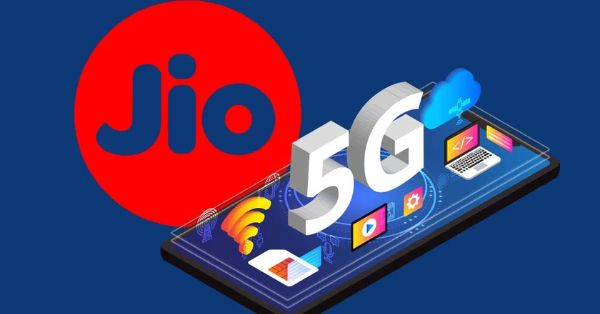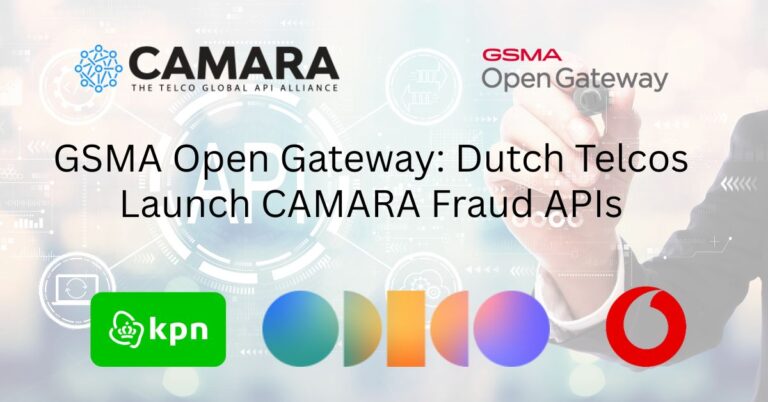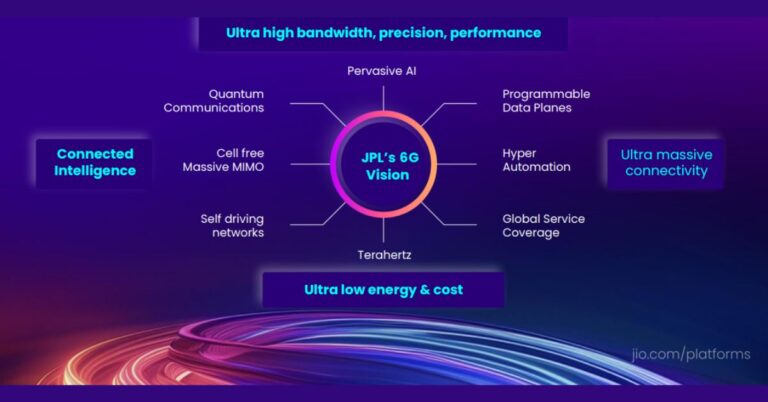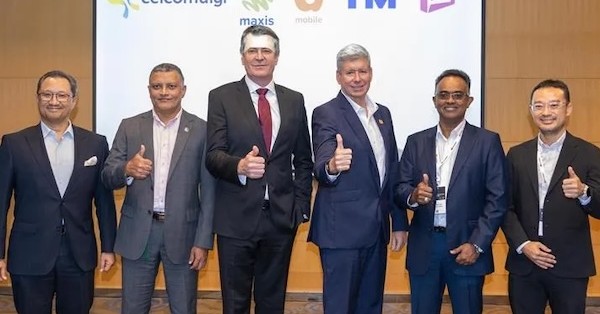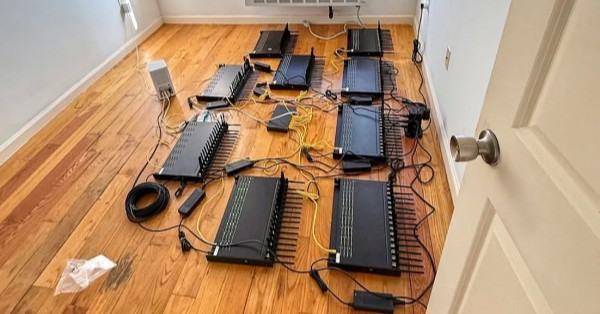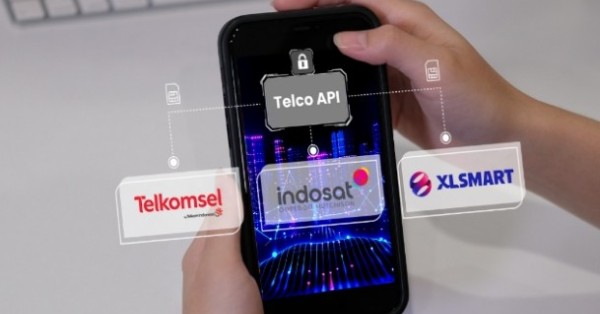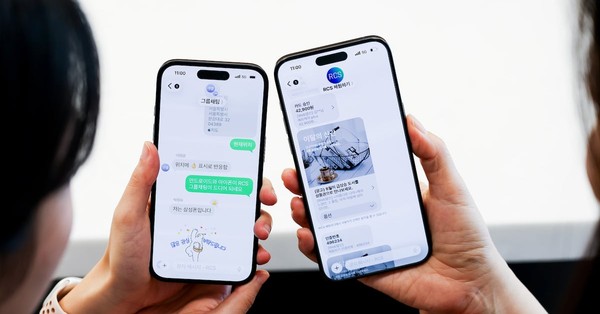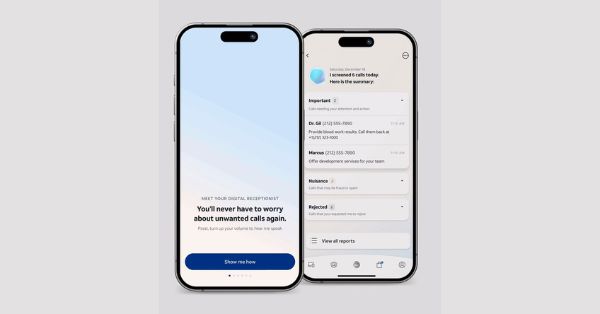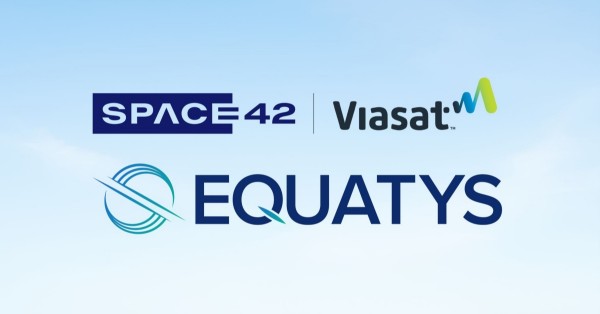- Tech News & Insight
- November 18, 2025
- Hema Kadia
Orange is moving to commercialize direct-to-device satellite connectivity in Europe with a carrier-branded SMS service that extends coverage beyond terrestrial reach. Orange will launch “Message Satellite,” an SMS and location-sharing service that lets smartphones connect directly to satellites when mobile or Wi‑Fi coverage is unavailable. The consumer launch in mainland




